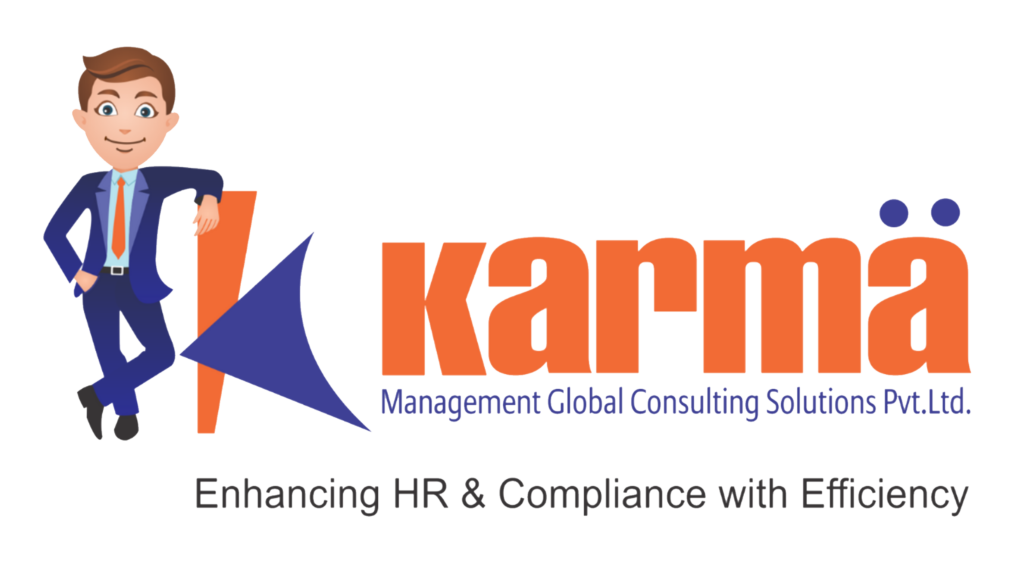In today’s interconnected world, businesses are no longer confined by geographical boundaries. The global marketplace offers opportunities for expansion, growth, and innovation that transcend borders. However, to seize these opportunities, companies must have access to a diverse and highly skilled workforce. This is where the concept of global talent acquisition comes into play.
Global talent acquisition is not just about hiring individuals from around the world; it’s about strategically identifying, attracting, and retaining top talent on a global scale. In this blog, we will explore the significance of global talent acquisition, the challenges it presents, and effective strategies to build a globally diverse and high-performing workforce.

The Significance of Global Talent Acquisition
Access to a Diverse Skill Set: One of the primary advantages of global talent acquisition is access to a diverse range of skills and expertise. Different regions produce professionals with unique skill sets and perspectives that can drive innovation and problem-solving within your organization.
Market Expansion: When you hire talent in different parts of the world, you also gain valuable insights into local markets. This knowledge can be instrumental in expanding your business globally and tailoring your products or services to meet local demands effectively.
Cultural Diversity: A globally diverse workforce brings cultural richness to your organization. Embracing different cultures fosters creativity, tolerance, and a broader understanding of your customer base, which can lead to better customer relations and business growth.
24/7 Productivity: With teams in different time zones, your business can operate 24/7. This means quicker responses to customer inquiries, faster problem resolution, and increased productivity.
Challenges in Global Talent Acquisition
While global talent acquisition offers numerous benefits, it also presents unique challenges that organizations must navigate:
Compliance and Regulations: Different countries have various labor laws and regulations. Ensuring compliance with these regulations can be complex and requires a deep understanding of local employment laws.
Cultural Differences: Bridging cultural gaps and fostering collaboration among team members from diverse backgrounds can be challenging. Misunderstandings and communication barriers may arise.
Recruitment Costs: Recruiting talent from around the world can be expensive, especially when factoring in relocation costs, work permits, and legal fees.
Time Zones and Communication: Coordinating work across different time zones can be logistically challenging. Effective communication becomes crucial to keep global teams aligned and productive.
Strategies for Successful Global Talent Acquisition
Strategic Workforce Planning: Begin by defining your organization’s global talent acquisition strategy. Identify the regions where you want to expand and the specific skills you need. Align your talent acquisition efforts with your business goals.
Local Expertise: Partner with global talent acquisition experts or agencies with a deep understanding of local labor markets and regulations. Their knowledge can help you navigate compliance and streamline the hiring process.
Diverse Interview Panels: When evaluating candidates from diverse backgrounds, ensure that your interview panels are also diverse. This promotes fairness and reduces bias in the selection process.
Cultural Training: Offer cultural sensitivity training to employees to foster a more inclusive and collaborative work environment. Understanding and respecting cultural differences can enhance teamwork.
Leverage Technology: Use advanced HR technology and applicant tracking systems to streamline the recruitment process. These tools can help you manage applications, conduct virtual interviews, and assess candidates efficiently.
Remote Work Policies: Embrace flexible work arrangements and remote work policies. This allows you to tap into talent pools regardless of their physical location, improving your access to global talent.
Legal Compliance: Stay up-to-date with labor laws and regulations in each country where you operate. Work closely with legal experts to ensure compliance with employment laws, contracts, and visas.
Employee Assistance Programs: Implement employee assistance programs that provide support for relocating or expatriate employees. Assisting with settling into a new location can improve retention rates.
Continuous Communication: Establish clear communication channels and hold regular virtual meetings to keep global teams connected. Encourage open dialogue and the sharing of best practices.
Global talent acquisition is not just a trend; it’s a strategic imperative for businesses aiming to thrive in the global marketplace. By leveraging the diverse skills and perspectives of a globally dispersed workforce, companies can enhance innovation, expand into new markets, and remain competitive. While global talent acquisition poses its challenges, a well-defined strategy, cultural sensitivity, and adherence to local regulations can help organizations successfully navigate this exciting frontier. Embrace global talent, and watch your organization flourish on the world stage.

